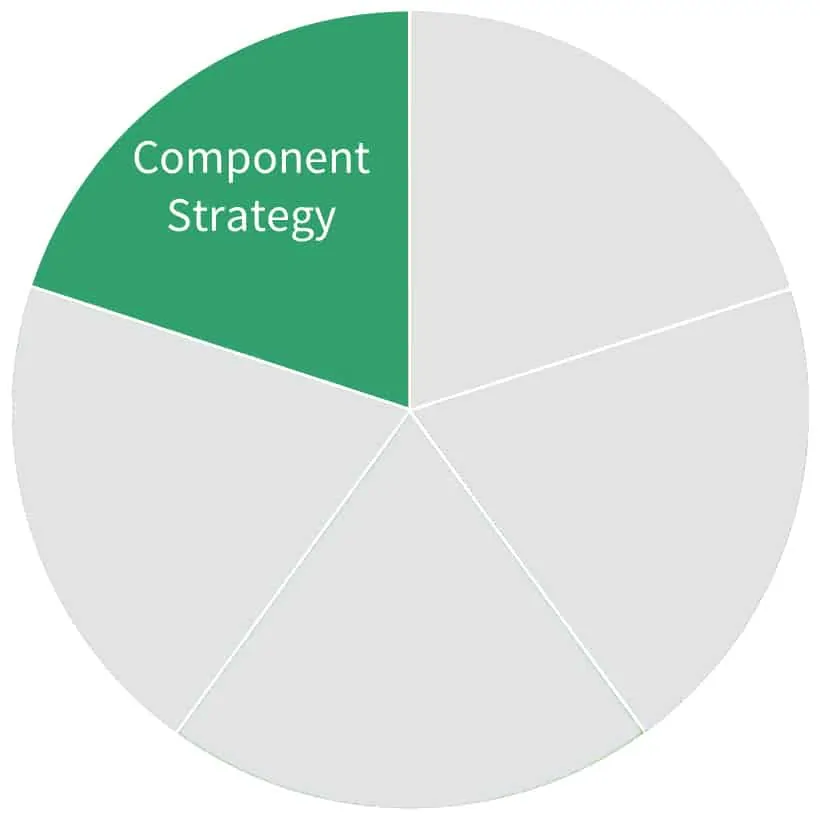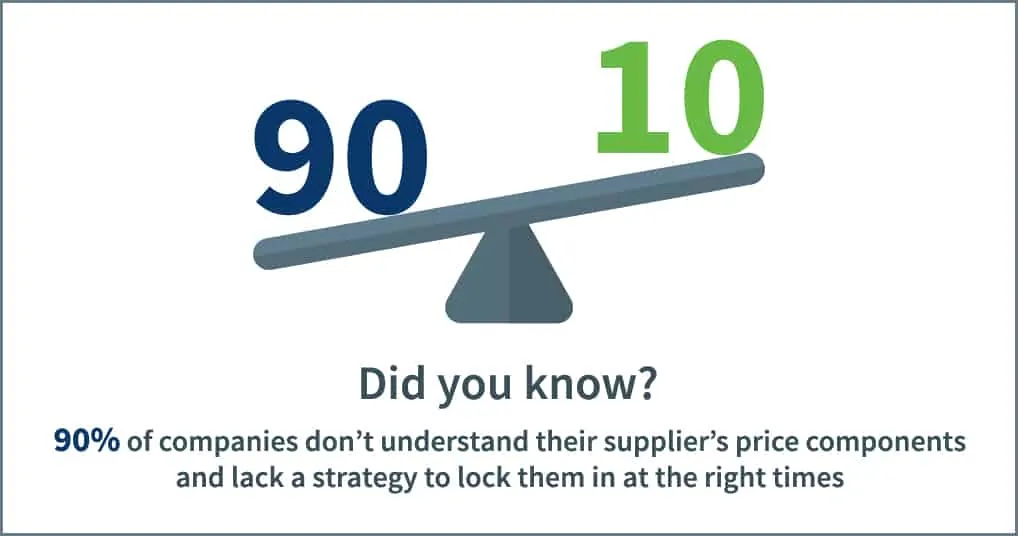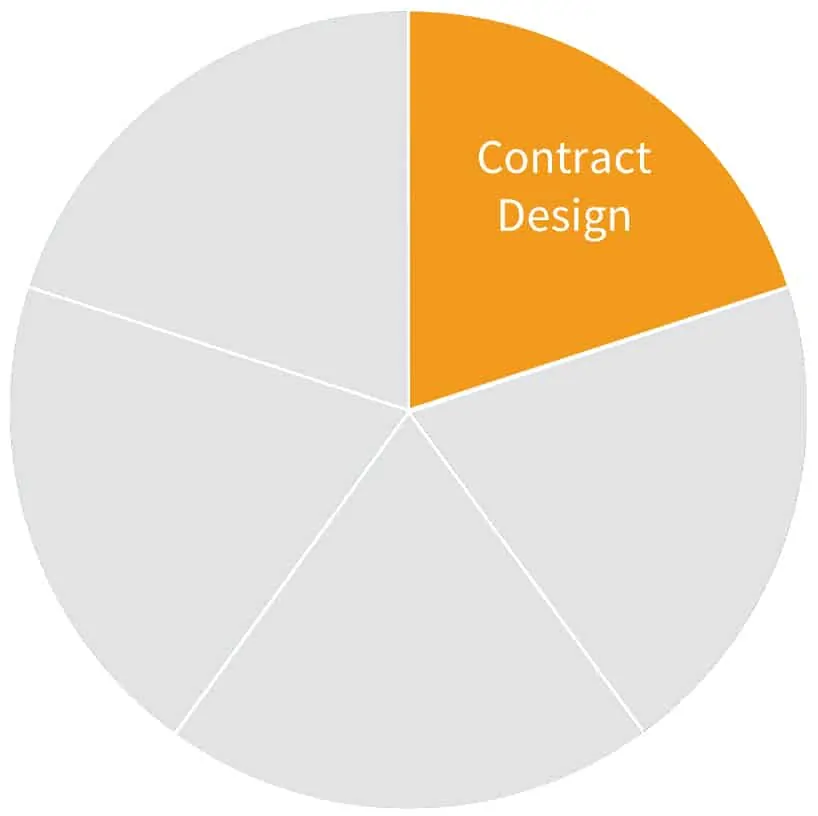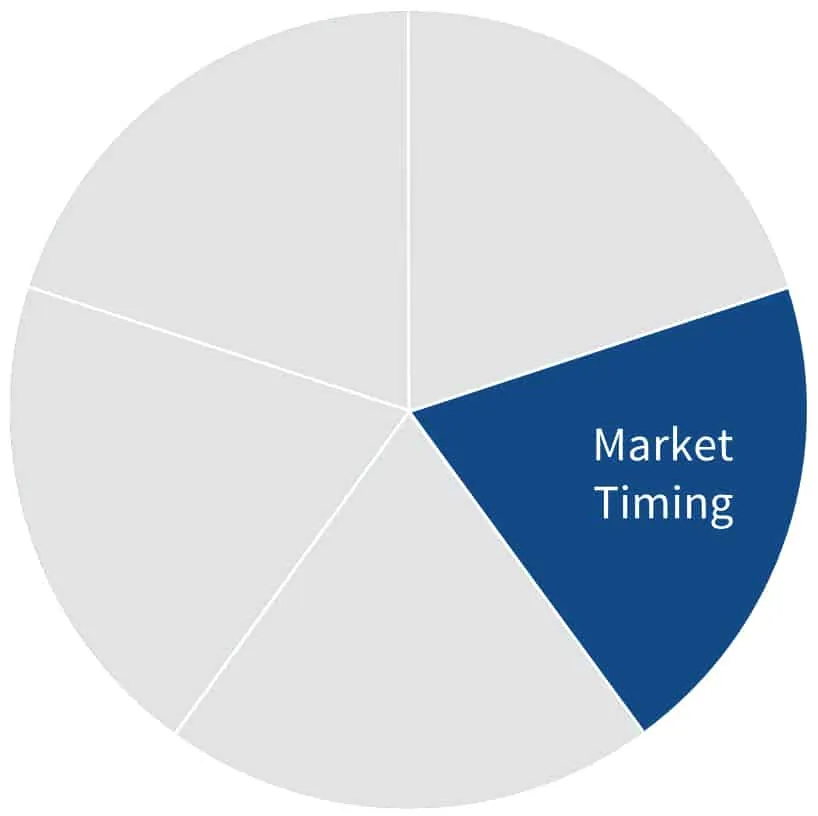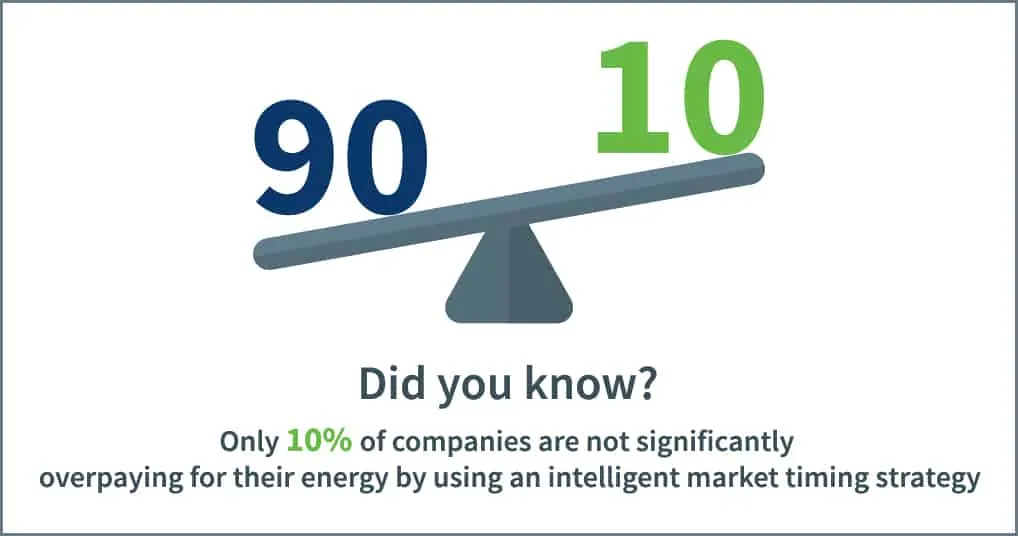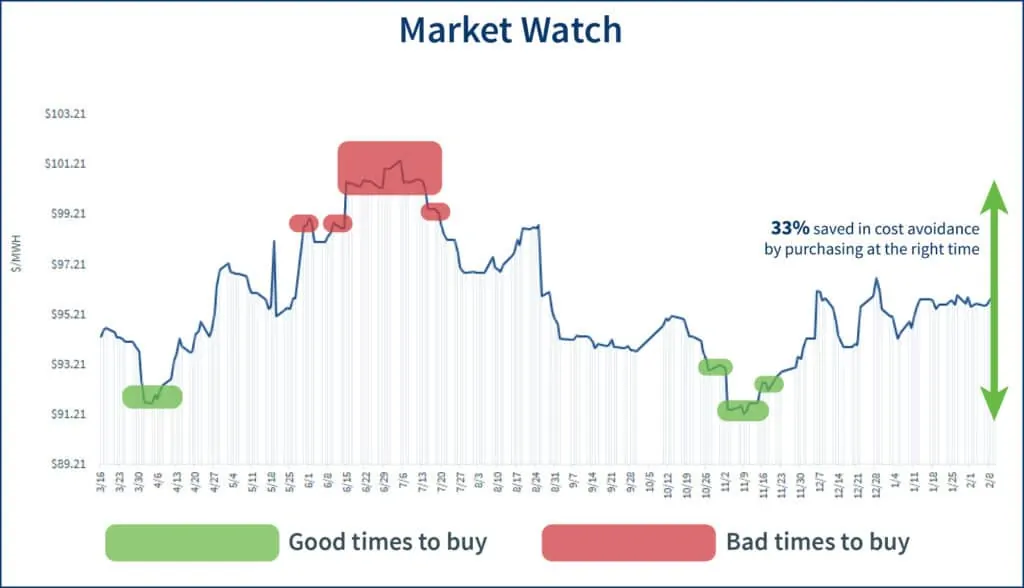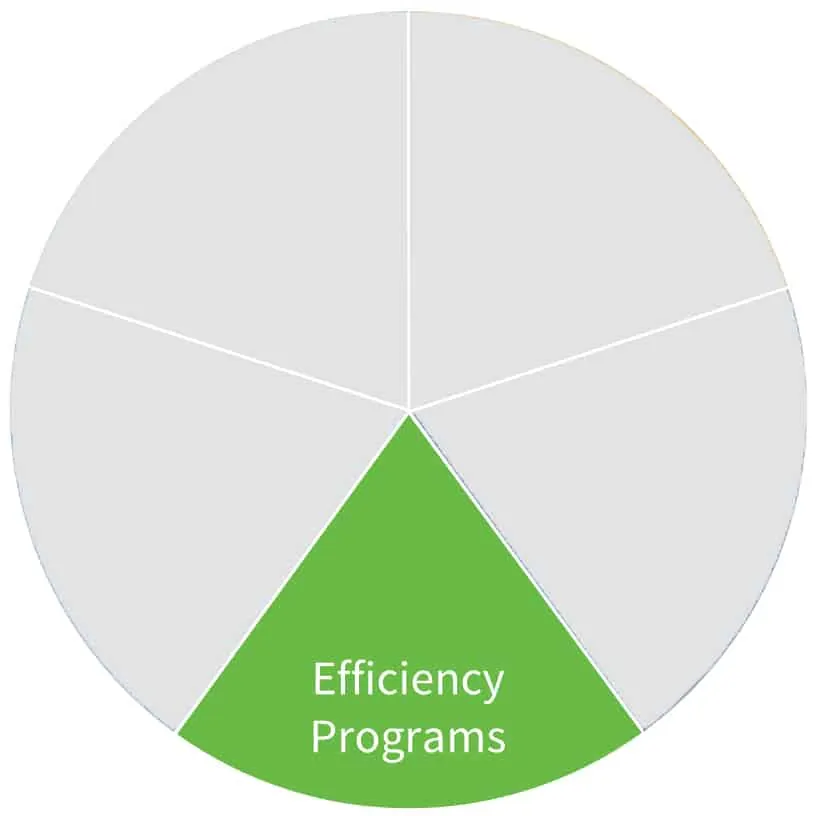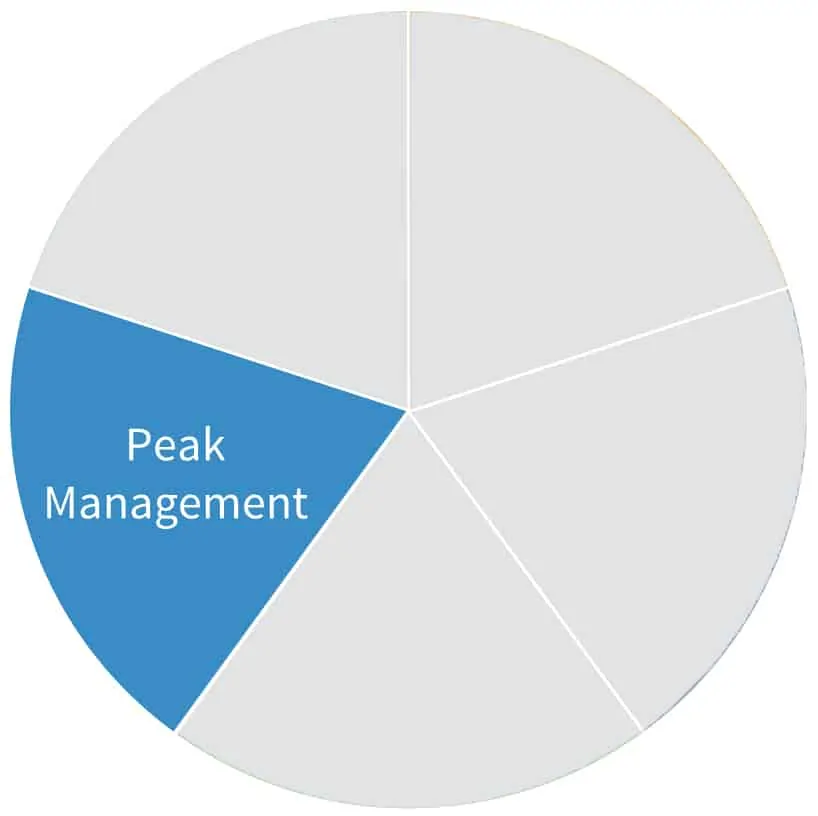Are you getting the most value out of your electricity and natural gas contracts?
Key Takeaways:
- Only 10% of businesses use proven methods to gain greater value in their energy contracts
- A strategy for each component of a supplier’s electricity and natural gas price is the key to maximum cost avoidance
- Whole Energy Health is our turnkey energy management solution that utilizes:
- Tailored strategies for each price component
- Contracts and purchasing strategies customized to a business’ budget and needs
- Data-driven techniques to identify the best opportunities to purchase pieces of a contract
- Cost-saving sustainability programs to improve a facility’s efficiency and provide access to renewable energy
- Calculated peak management techniques that attack Capacity costs
- Businesses who purchase electricity and natural gas with Whole Energy Health avoid 20-40% in energy bill costs
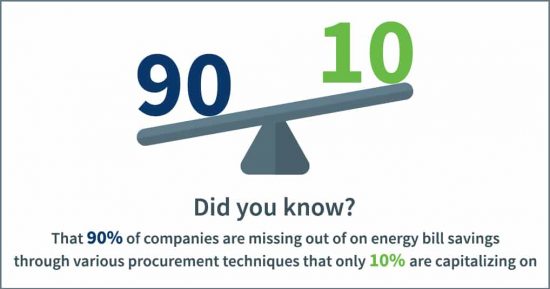
What is Whole Energy Health?
Energy is expensive and can be a major line item in any budget. And, especially after this year, every business could certainly benefit from some budget relief! What if there was a way to reduce your electricity and natural gas costs simply by adjusting how you approach purchasing and managing your energy?
That’s what Whole Energy Health is all about!
Whole Energy Health is our turnkey energy management solution. In short, it’s a smarter way to buy and manage electricity and natural gas that results in lower energy bills, an elevated financial condition, and more time to focus on other aspects of your business.
Whole Energy Health is made up of 5 tenets:
- Component Strategy
- Contract Design
- Market Timing
- Efficiency Programs
- Peak Management
Each works in synergy with one another and results in our clients avoiding significant costs on their electricity and natural gas bills.
Read on to learn more about this revolutionary approach to energy management and how it can transform your business.
Component Strategy
The price you pay for electricity and natural gas is made up of a variety of components. Both the portion they occupy as well as the actual components differ from state-to-state and the prices of which vary depending on a building’s usage and service area.
These component costs are constantly in flux and trending upwards. Best Practice Energy keeps a watchful eye on legislation and market influences to ensure our clients’ contracts are always protected from component price increases.
As each of these components is very different, the key to getting the most value out of your contract is applying a tailored strategy to each one and locking them in at strategic times.
We usually talk about Component Strategy first for a few reasons. The first of which is because we are strong believers in the old quote, ‘You can bring a horse to water, but you can’t make it drink.’ We use this tenet as an opportunity to educate our clients on their electricity price so they are well informed and better positioned to make the right decisions on their own energy contract choices.
We also discuss this first because each component of an energy price requires a tailored strategy to ensure businesses are optimizing the value of their contracts. These strategies range from fairly simple to sophisticated, but each must be tailored to the needs, operations, and risk tolerance of a business.
You might be asking yourself, “that’s all great, but what are the actual strategies for the components?”
As Whole Energy Health is a turnkey solution, these strategies are a part of the other tenets!
Contract Design
The next tenet of Whole Energy Health is Contract Design. This tenet can be applied to all price components as it encompasses the overall design of your energy contract as well as the customized purchasing strategies your business uses.
As you know by now, there is no one-size-fits all approach to energy management. The key to cost avoidance is a strategy that is tailored to the needs of your specific business. This is no different when it comes to your electricity/natural gas contract and purchasing strategy.
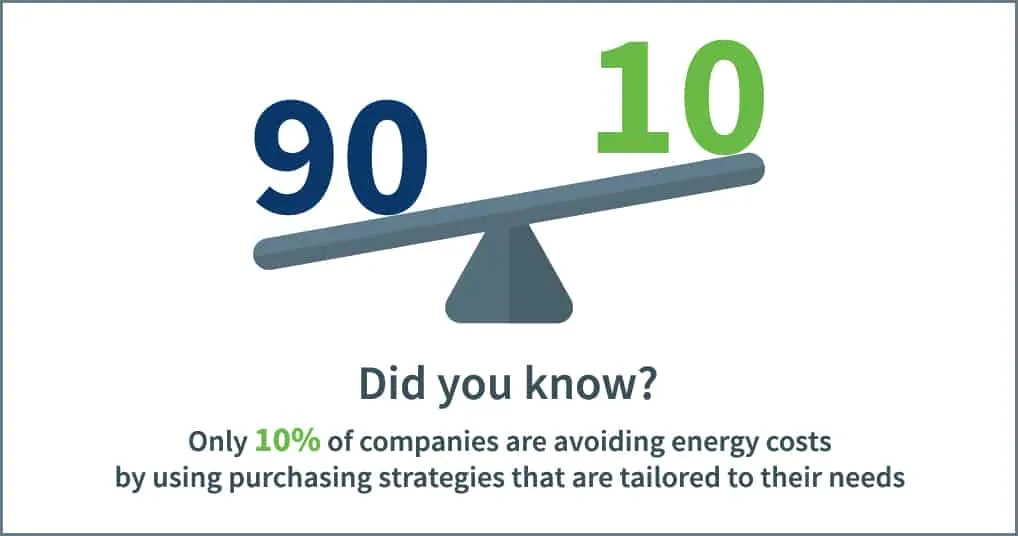
Once we’ve painted a full picture of your business, we then get to work with sculpting your customized contract and strategy. This is a very meticulous and granular process, but our attention to detail and renowned relationships with energy suppliers results in a fortified contract with strong Terms and Conditions, a completely customized purchasing strategy, and the opportunity to capture major cost avoidance on your future electricity and natural gas bills.
To learn more about customized purchasing strategies as well as to get a peek behind the curtain of our full contract design process, check out these posts:
Market Timing
If you have any experience in the stock market, you know how important timing the market can be when buying low and selling high.
It really is no different with energy!
In short, Market Timing is how we identify smart purchasing opportunities. Our goal with this is to provide visibility to ensure clients are insulated from buying during volatile times while capturing all-time lows when the market is ripe for the picking.
This tenet is applied to the commodity component of a price such as electricity or natural gas.
Regardless of purchasing strategy, successful timing of the market is a major key in achieving maximum cost avoidance on your bills. In fact, over the last 7 years businesses who did not purchase energy using our market timing techniques overpaid by an average of 18%!
Market Watch
One aspect of Market Timing is something called a, “Market Watch.”
Whether you are buying 6 months out or 3 years out, we put all our clients on a “Market Watch.” This means that we keep a close eye on the market every single day watching for ebbs, flows, dips, and spikes. We also lookout for other influences that might cause market changes.
When we do this, we notify you periodically of what we see and predict so you can take the guesswork out of identifying opportune times to purchase pieces of your contract and know when to hold off from purchasing. We are helping you buy away from volatile conditions while capturing market lows and avoiding market highs.
As you can see in the graph above, the average difference between buying at an unsuitable time vs an opportune time is 33%!
The recommendations we make from these market watches are informed by historical data and a variety of macro & micro market drivers, which ensure our clients are better positioned and informed to make smart purchasing decisions.
Efficiency Programs
Making your facility more efficient and sustainable leads to major cost avoidance down the road. Because we understand how important this is to every business, we have an entire department dedicated to it!
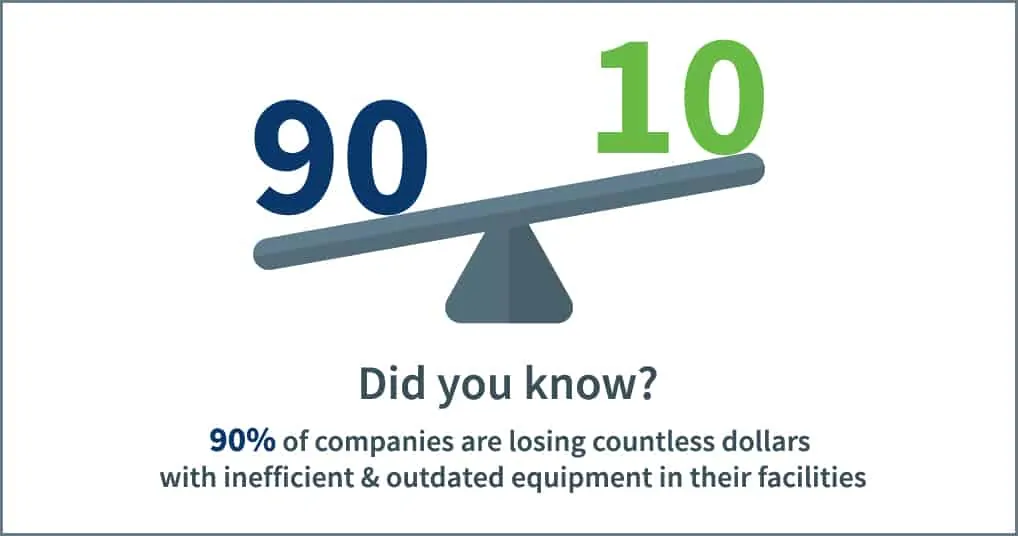
The types of efficiency projects we work on include:
- Solar projects
- HVAC Upgrades
- Carbon Reduction Programs
- Lighting Enhancements
- CHP systems
- Fuel Cell
- Sustainability programs
We put a strong emphasis on ensuring the ROI from these types of projects makes sense in the long run for the business. Other than the programs we help our clients implement, our Energy Services Division assists with figuring out the best financing solutions for the project, which frees up time so clients can focus on other aspects of their business.
Peak Management
If you’ve been following our blog, you’ve certainly read something about Peak Management! This tenet is the strategy that helps you manage down the 2nd largest component of your electricity price, Capacity.
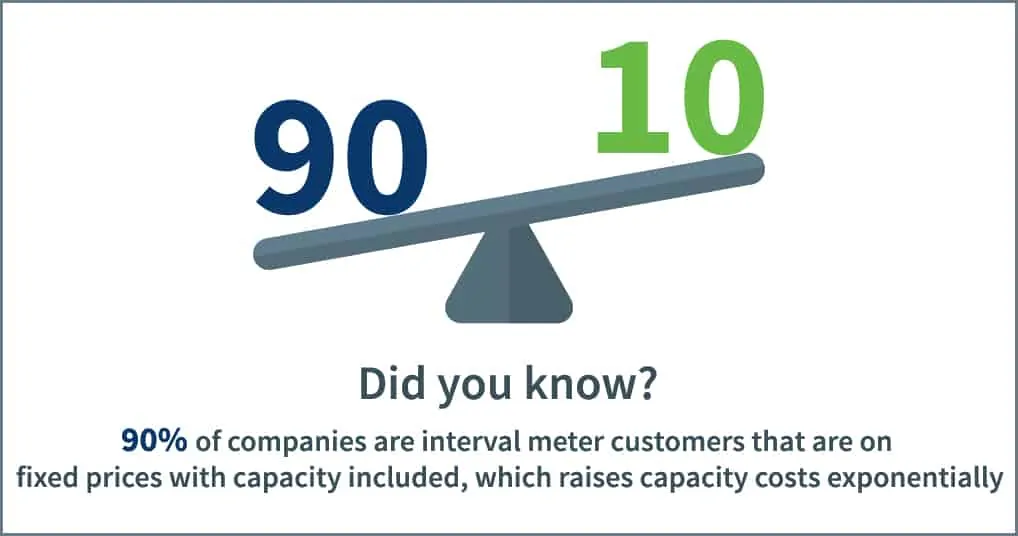
Depending on your service area, the price you pay for your capacity tag is set by a snapshot of a building’s usage on what is called a peak day. This is the time during the year when the grid reaches its highest amount of electricity demand, usually occurring during sustained heatwaves in the summer. If a business strategically curtails their demand during this time, they can manage their future capacity costs down!
Using peak management to lower capacity costs produces amazing results. Just take a look at this story of a client of ours who saved $90,000 on their capacity costs by doing so!
To learn more about capacity and peak management, check out these posts:
- Understanding Capacity
- Peak Load Management
- The BPE Peak Notification Service
- Capacity Pass-Through: The Road to Curtailment
Demand Response – Get Paid for Your Capacity
Similar to peak management, demand response is the process of curtailing usage during times of high demand on the grid. However, demand response does work a little differently.
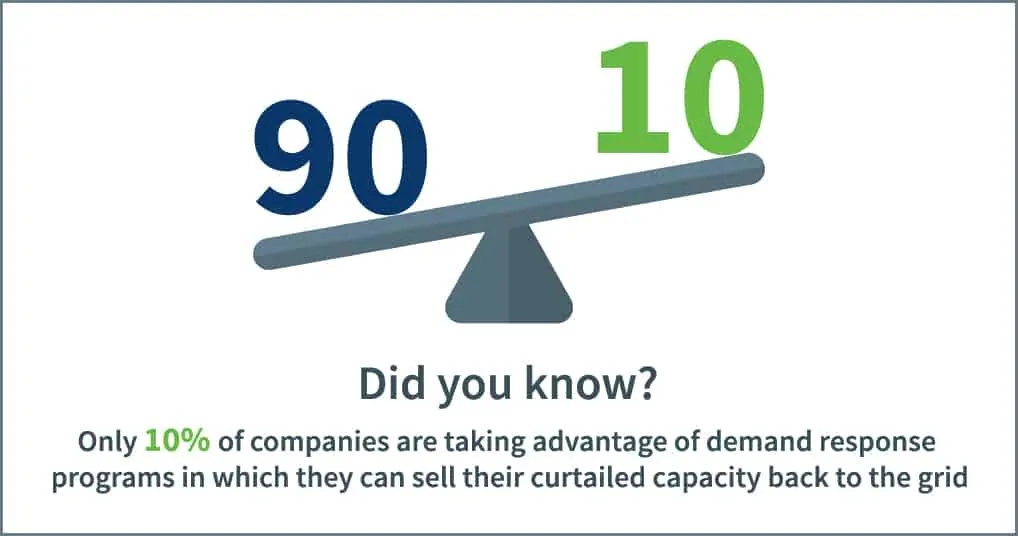
By the terms of the program, businesses who do this successfully get paid in credits for their curtailment that can be used to offset energy costs, provide funds for efficiency projects, allows them to sell what they were supposed to purchase back to the market, and creates a predictable form of revenue. This also results in increased operational reliability, mitigated risk, and reduced capacity charges, which can be as much as 30% of an electricity bill!
So, what is Whole Energy Health? It’s a series of strategies and solutions to manage the costs of electricity and natural gas price components down significantly. The tenets of Whole Energy Health work together to mitigate costs and are the best way to achieve maximum cost avoidance on your energy bills.
Our clients who purchase electricity and natural gas using Whole Energy Health avoid an average of 20-40% in costs on their energy bills!
We’re so confident in Whole Energy Health that we even offer a free electricity and natural gas consultation where we will show you what your business can expect to gain from our turnkey solution! Contact us today to find out what Whole Energy Health can do for your business!


